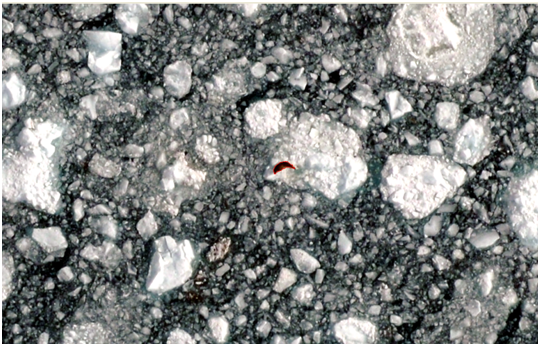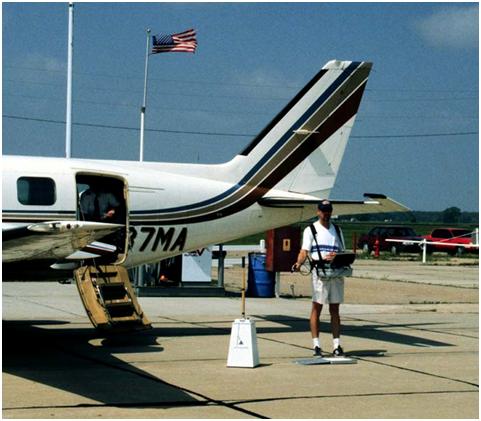Top Ten Weird Things I’ve Done While Working in Remote Sensing
Anonym
1. Found seals on icebergs. They look big and brown—commas and feature extraction works pretty well.

2. Looked for deer in thermal infrared images, these were still images. The people wanted to find them because the deer were traffic hazards. I guess they were hoping the deer wouldn’t move. At that point in time, after collection, they had to drive the camera data to a lab to analyze it. By the time they returned, the deer weren’t there when they went to look for them.
3. Met the Freedom Rodeo Queen of Lawton, Oklahoma, and her attendant while collecting field spectra for a calibration experiment. Was referred to as “the attendant” the rest of the trip.
4. Observed catfish ponds for algal contamination that can result in “Off Flavor” catfish.
5. Fixed that one troublesome pixel in my vacation photos with ENVI Pixel editor. It’s a darn good thing I didn’t know that existed in grad school. Anyone who has dealt with data that’s as correlated as a shot-gun blast knows what I’m talking about.
6. Threatened a group of tusked pigs with an LAI2000 Plant Canopy Analyzer while on a ground truthing mission in Brazil to verify Landsat and EO-1’s ability to estimate fractional canopy cover. I was told very seriously to urinate on them should I get cornered. In case you didn't notice, my name is Amanda.
7. Told people my spectrometer was a GPS so they’d stop asking questions about why I had a butter churn and was walking around an airport tarmac (pre- 9/11). I was attempting to calibrate Landsat 5.

The other “attendant” with butter churn spectrometer
8. Spent time chasing AVIRIS—it’s not as romantic as it sounds.
9. Was taken to many welding shops, pawn shops, gunshops, fireworks stands, and junk yards by an account manager who once said, “I can turn half an hour early into 5 minutes late if you’re not careful”. After these interesting visits, I’d then sitdown and talk very seriously about ENVI/IDL and solving people’s problems with software, not about the items found at the aforementioned places.
10. Was told to degrade good imagery into bad imagery to see if bad imagery would work as well as good imagery.